For years, we've followed the golden rule of layering skincare from the lightest to the heaviest texture. But with the rise of hybrid formulations – think oil-in-serums and gel-like creams – does this rule still apply? And with multi-step routines growing increasingly elaborate, do we really need 10 layers of skincare products, or can we streamline without sacrificing results?
To clear the confusion, we spoke with Dr Uma Alagappan, medical director and consultant dermatologist at The Dermatology Clinic, to break down how to layer skincare correctly in 2025, which products actually deserve a spot in your routine, and why sometimes, less is more.
SHOULD YOU STILL LAYER FROM LIGHTEST TO HEAVIEST?
 (Photo: iStock)
(Photo: iStock)
Yes, says Dr Alagappan. The logic remains the same: “It facilitates absorption into the skin”.
Understanding how different skincare formulations interact with your skin is crucial to layering them effectively. Here’s a quick guide:
- Water-based (toners, essences, gel serums, lightweight hydrators): These absorb quickly and should be applied immediately after cleansing to replenish moisture and prep the skin for active ingredients.
- Anhydrous (powdered vitamin C, water-free retinoids): These water-free formulations are generally applied after water-based products, but before oils and creams. For actives like vitamin C powders, you can mix them with a water-based serum for better absorption.
- Oils (pure facial oils, oil-based serums): Oils act as an occlusive barrier to lock in hydration, so they should be applied after water-based and anhydrous products but before moisturiser.
- Suspensions (actives in silicone bases): These creamier, textured formulas contain particles that are evenly distributed but not dissolved to allow for a more uniform delivery of active ingredients that may not be soluble in water or oil. They should be applied after serums but before moisturisers. If they feel too heavy, use them as a spot treatment.
- Emulsions (oil-in-water moisturisers and creams): These typically combine water and oil for balanced hydration. Serum emulsions, like lightweight, milky serums, should be applied before heavier serums and creams, while cream emulsions should be applied towards the end of your routine.
- Creams (moisturisers and rich treatments): Thicker formulas that provide hydration and help seal in previous layers. Use them as one of the final steps in your routine.
HOW TO LAYER POPULAR HYBRID PRODUCTS
Hybrid formulations may combine multiple textures, but Dr Alagappan confirms that they do not override the fundamental light-to-heavy principle. She explains that hybrids are designed to enhance product penetration and minimise side effects.
For example, an oil-in-serum blends the nourishing properties of an oil with the fast-absorbing benefits of a serum – making it less likely to cause breakouts or irritation. Meanwhile, gel-like creams are lightweight yet hydrating. Depending on your skin type, you can layer them either as a serum or as a light moisturiser to lock in hydration without overloading the skin.
However, incorrect layering can make hybrids less effective. “Applying a thicker moisturiser before a hybrid formulation like oil-in-serum will reduce its absorption, negating its benefits,” warned Dr Alagappan.
Since some hybrids blur the lines between traditional textures, a little flexibility and judgment are required when it comes to layering these formulations. She recommends these simple layering hacks:
- Check the base composition: If the product is water-based, it should be applied earlier in the routine.
- Do an absorption test: Apply a small amount on the back of your hand; the product that sinks in faster should be layered first.
- Trust your skin feel: If you’re more experienced, rely on intuition and how the products interact on your skin.
Try: Clarins Precious Oil-in-Serum, S$520. Available at Clarins.
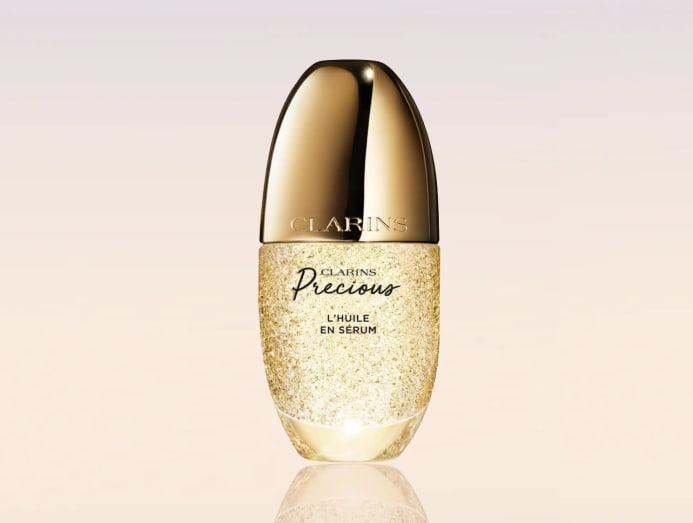 (Art: Jasper Loh, photo: Clarins)
(Art: Jasper Loh, photo: Clarins)
Try: It Cosmetics Confidence In a Gel Cream Ultra-Light Skin-Balancing Moisturizer, S$90. Available at Sephora.
 (Art: Jasper Loh, photo: IT Cosmetics)
(Art: Jasper Loh, photo: IT Cosmetics)
DO YOU REALLY NEED A 10-STEP ROUTINE?
 (Photo: iStock)
(Photo: iStock)
With essences, mists, emulsions, and endless new categories hitting the market, it’s easy to feel like every product is essential. But Dr Alagappan believes in keeping things simple: "The key is to focus on your skincare goals and skin type while maintaining a basic foundation. I always start with a good cleanser, moisturiser, and sunscreen in the morning. Once these building blocks are in place, then I address specific concerns like acne or pigmentation – especially at night.”"
And if you’re wondering whether a multi-step routine – like the 10-step K-beauty routine – is scientifically superior, the answer is no. "A complicated skincare routine can be more detrimental rather than beneficial. Instead of counting steps, it is more prudent to focus on key ingredients tailored to your skin type and needs," she said.
Dr Alagappan emphasises that a complicated routine can irritate the skin. “Skin absorption has its limits, and overloading the skin can cause acne breakouts. Over-exfoliation can also lead to impaired barrier function and accelerate the ageing process.”
MORNING VS NIGHT ROUTINE: WHAT SHOULD YOU USE?
Your AM and PM skincare routines serve different purposes, so their steps should be tailored accordingly.
Morning routine: Protect and hydrate
Your AM routine should focus on preparing your skin for the day ahead – hydration and UV protection are key. Dr Alagappan recommends the following:
- Gentle cleanser to remove the overnight products, or just water for those with dry skin.
- Lightweight moisturiser to hydrate without heaviness.
- Consider including antioxidants, like vitamin C for pigmentation, or niacinamide for oily or acne-prone skin.
- Sunscreen is the most crucial step in the morning.
Night routine: Repair and treat
In the evening, your priority should be on removing buildup and targeting concerns:
- Start with double cleansing – use an oil-based cleanser to remove makeup and sunscreen, followed by a water-based cleanser to wash away residual grime
- Targeted treatments for your skin concerns, like retinol for fine lines, gentle exfoliants for congestion, or anti-pigmentation creams for dark spots.
- Rich moisturiser that suits your skin type to seal in the previous layers.
For eye creams, Dr Alagappan prefers applying them at night after serums but before moisturisers. If fine lines are a concern, a light eye cream in the morning may also help.
WHEN SHOULD YOU APPLY ACTIVES?
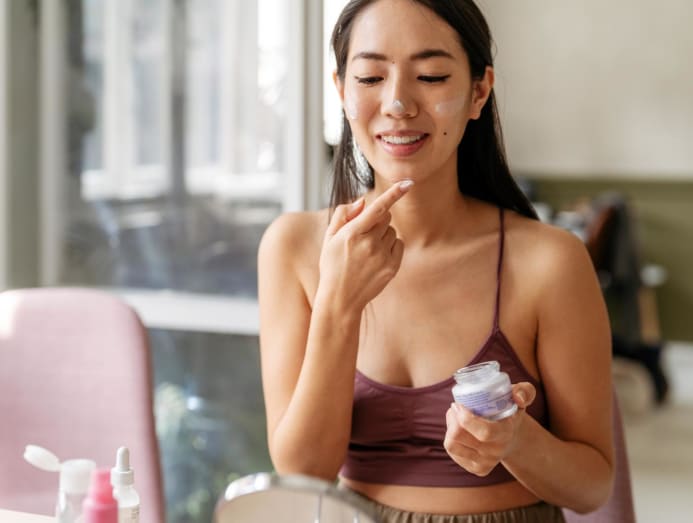 (Photo: iStock)
(Photo: iStock)
Potent ingredients like Vitamin C, retinoids, and chemical exfoliants can work wonders – when used correctly. According to Dr Alagappan, the golden rule is to go slow and steady. “Start slowly with the lowest concentration and use tiny amounts to ease them into the skincare routine,” she advised. “Overuse of actives is a very common mistake that will end very badly for the skin.”
She suggests using actives at night, after cleansing and applying a toner (if applicable), and always follow with a moisturiser. Start using actives once a week, before gradually increasing it to two to three times per week if your skin tolerates it well.
WHERE DO FACIAL DEVICES FIT IN?
With more people using LED masks, ultrasound wands, and microcurrent devices, the question arises: When should they be used in a skincare routine?
“Facial devices should be used after cleansing and before any actives or moisturisers,” said Dr Alagappan. Their goal is to enhance absorption, so using them before potent ingredients can boost their effectiveness. “Follow the manufacturer’s instructions. For example, the use of light serums can help some ultrasonic wands to glide more smoothly and improves conductivity.”
She advises caution when using these devices with actives. “The facial devices can be quite powerful and the concentration of products, especially actives, should be toned down significantly to prevent irritation.”
“It’s best to consult a dermatologist before incorporating the facial devices into your skincare regime, or stick to hydrating serums or moisturisers on device days,” she added.
Try: Dr Dennis Gross Spectralite Faceware Pro, S$785. Available at Sephora.
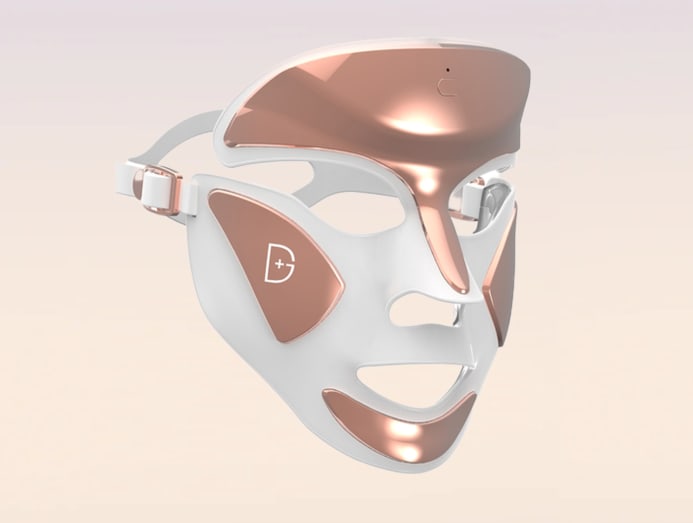 (Art: Jasper Loh, photo: Dr Dennis Gross)
(Art: Jasper Loh, photo: Dr Dennis Gross)
Try: Solawave 4-in-1 Skincare Wand, US$265/S$354. Available at Solawave.
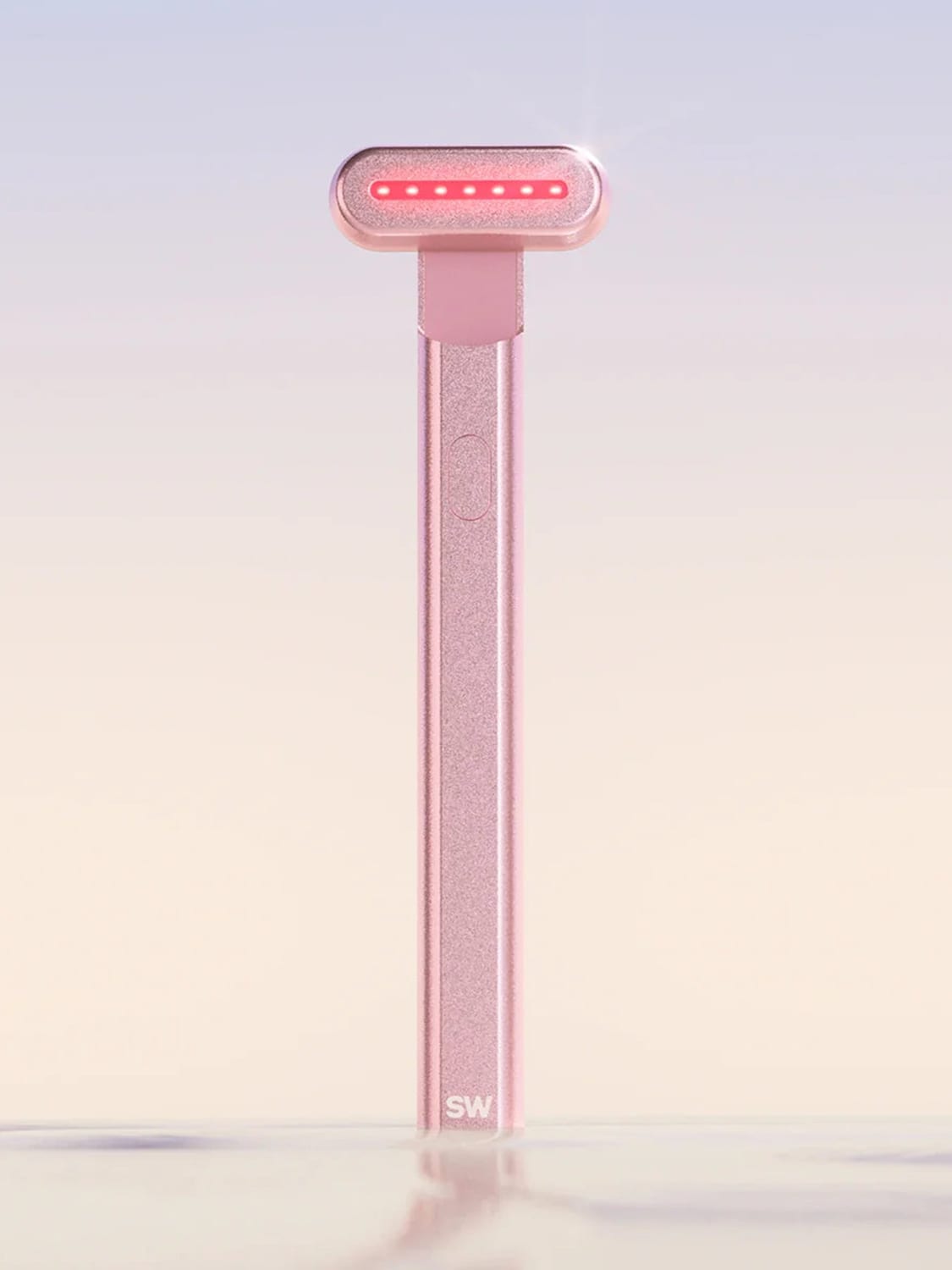 (Art: Jasper Loh, photo: Solawave)
(Art: Jasper Loh, photo: Solawave)






































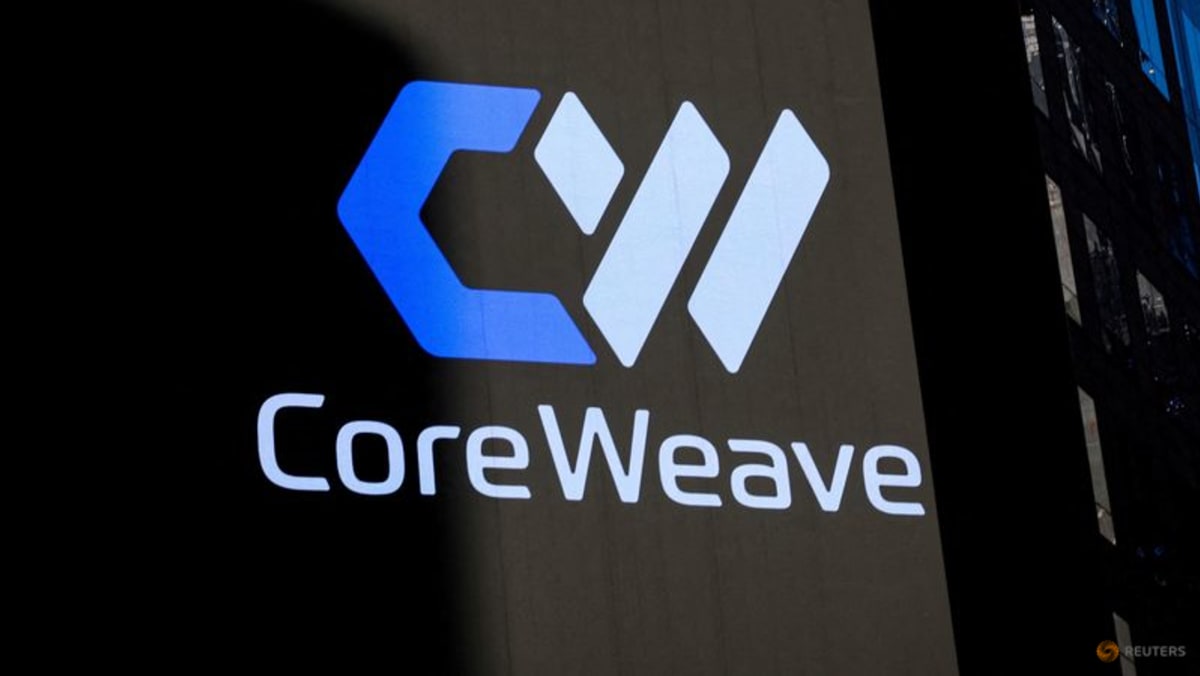









.png?itok=erLSagvf)

